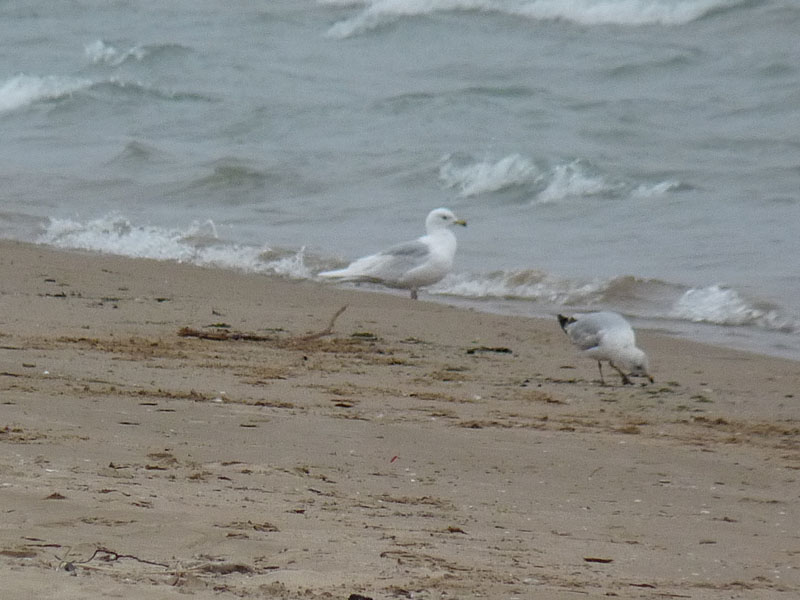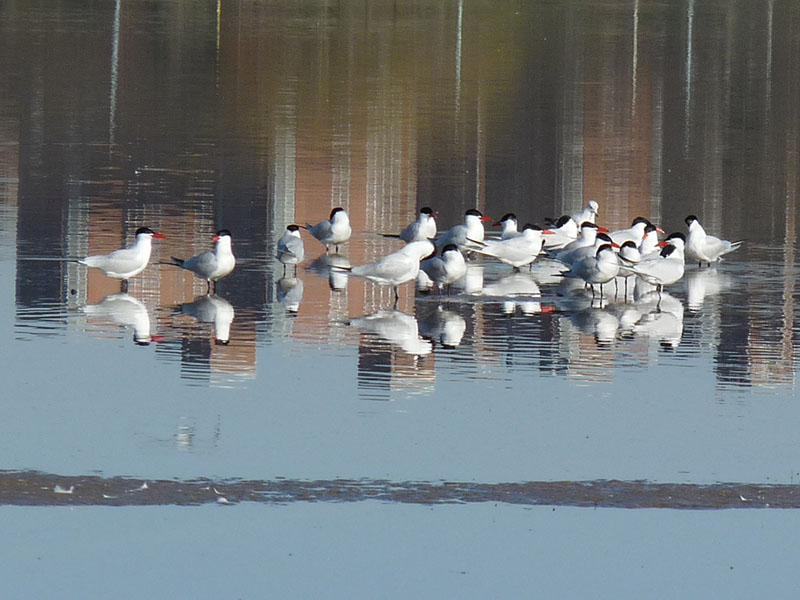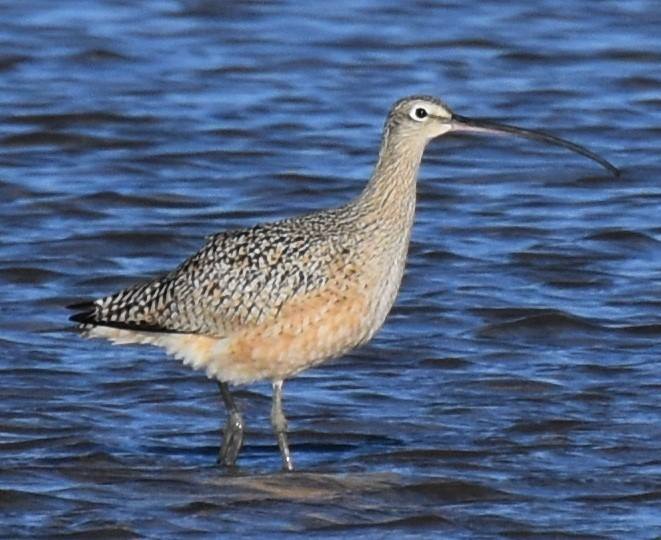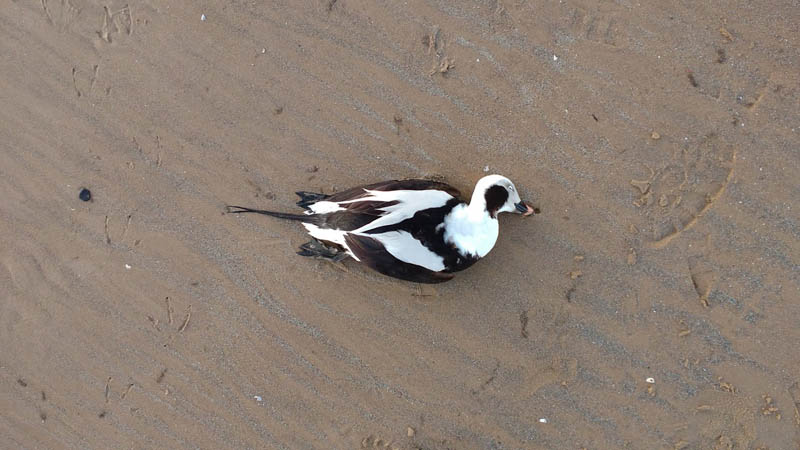Lake Michigan was alive with birds this morning, April 27. Red-breasted Mergansers, Caspian Terns, and Double-crested Cormorants were conspicuous in their abundance. I didn’t see any unusual large shorebirds but I did have a pale third cycle type Iceland Gull on the beach and a second cycle Lesser Black-backed Gull flying around the fishing pier. Also, a late Red-throated Loon going north. Link to my eBird checklist for the day below.
eBird Checklist
https://ebird.org/view/checklist/S55463035




